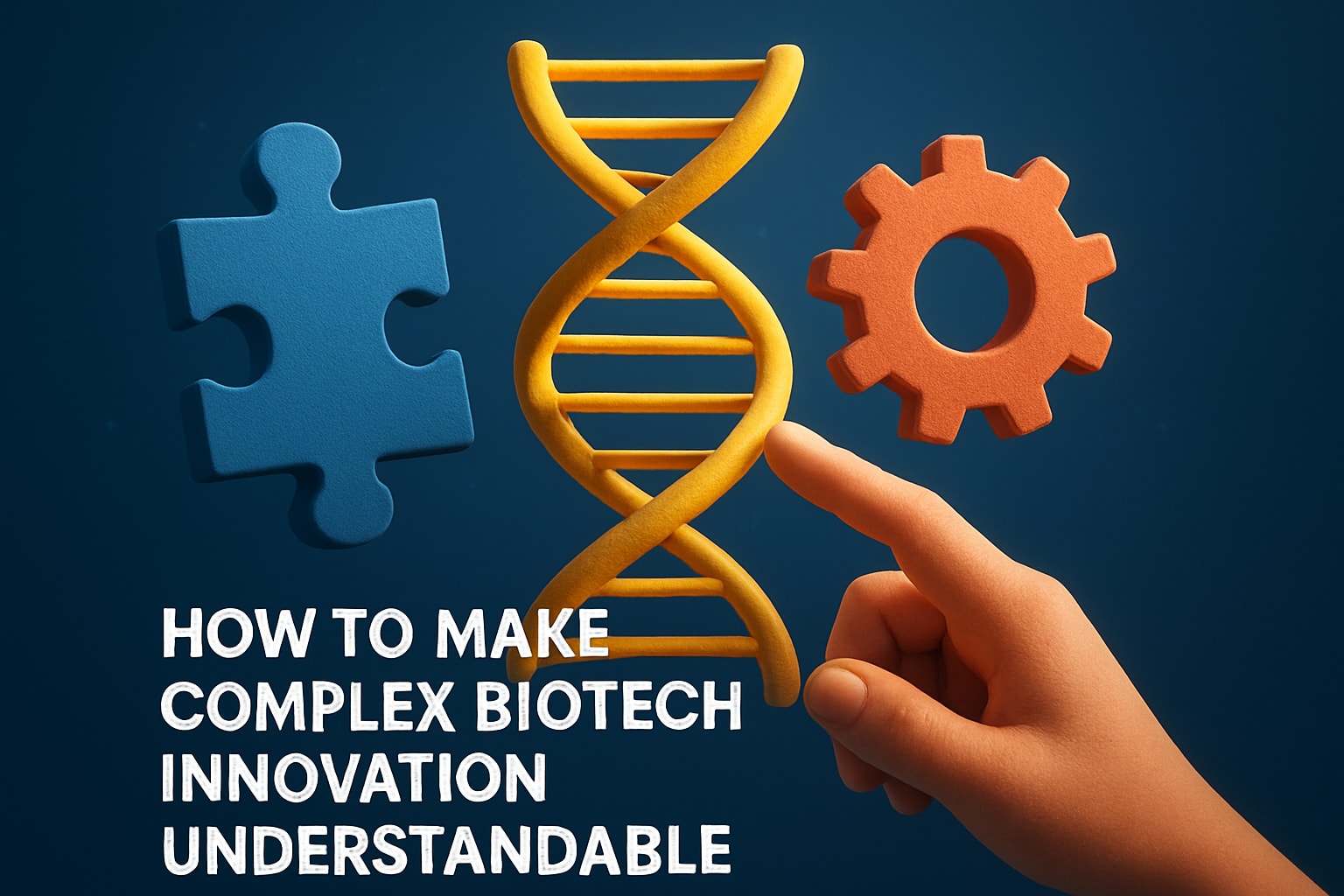Professional PPT Design Agency 2.0

The Problem-Solver Approach: How We Built a Professional PPT Design Agency 2.0
When a cybersecurity startup pitches its zero trust architecture to Fortune 500 CISOs, effective visual communication becomes mission-critical. Technical diagrams that fail to clarify complex network segmentation concepts don't just look unprofessional – they can sink a multi-million dollar deal. Across B2B technology, cybersecurity, and finance sectors, presentation design transcends aesthetics to become a strategic business asset.
We've heard these sentiments repeatedly in initial conversations with clients:
"We have worked with design agencies before, and didn't have good experience."
"We have worked with graphic design freelancers before, and didn't have good experience."
These statements reveal a fundamental disconnect in the professional service relationship. Let's explore why these partnerships often falter, and what a more effective approach might look like.
The Execution Mindset vs. The Problem-Solving Mindset
At the heart of most failed design relationships lies a philosophical difference: the execution mindset versus the problem-solving mindset.
Most design providers, whether agencies or freelancers, operate with an execution mindset. They view their role narrowly: to produce design assets according to specifications, within agreed-upon parameters. They're craftspeople focused on their craft, not necessarily your business outcomes.
This approach creates inherent limitations:
The Quality Dilemma
Design providers typically fall into two categories:
- Beginners offering unstable quality: Their work varies dramatically from project to project as they learn through trial and error, often at your expense.
- Skilled practitioners with rigid boundaries: They produce quality work but strictly maintain their scope and processes, regardless of your changing business needs.
Neither approach adequately serves clients navigating complex, high-stakes business environments where adaptability is essential.
When Process Trumps Purpose
Consider these common scenarios:
- Your team receives faulty files from another subcontractor, but doesn't discover the issue until after handoff to your design partner. Their response? "Not our problem."
- An investor meeting suddenly moves up in your calendar, compressing your preparation timeline. Your design partner's response? "Not our problem."
These aren't hypothetical situations, they're real challenges businesses face regularly. When design partners prioritize their processes over your purposes, the relationship becomes transactional rather than transformative.
The Problem-Solver Alternative
What would a different approach look like? Problem-solvers operate from fundamentally different principles:
1. Business Outcomes Over Deliverables
Problem-solvers understand that the presentation itself isn't the end goal, it's merely a vehicle for achieving business outcomes: securing investment, closing sales, communicating complex ideas effectively, or building confidence with stakeholders.
This perspective shift changes everything. The measure of success isn't "Did we deliver on time within scope?" but rather "Did we help the client achieve their business objective?"
2. Flexibility as a Feature, Not a Bug
Problem-solvers build adaptability into their processes because they understand business reality: plans change, unexpected challenges arise, and timelines shift. Rather than seeing these as scope violations, they view them as inherent to the work of supporting dynamic businesses.
3. Contextual Understanding
Problem-solvers invest in understanding not just design requirements but business context: Who is the audience? What are their concerns? What objections might arise? What background knowledge do they have?
This deeper understanding enables them to make informed decisions that serve the underlying business purpose, not just fulfill surface-level design requirements.
Practical Implications for Businesses
How does this philosophical distinction translate into practical considerations when choosing design partners?
Look Beyond Portfolios
While design quality matters, a stunning portfolio alone doesn't predict a successful working relationship. Instead, evaluate:
- How do they respond to hypothetical challenges or changes?
- Do they ask questions about your business objectives, or just your design preferences?
- How do they describe their role in previous client relationships?
Examine Process Flexibility
Ask potential partners about their processes, particularly how they handle unexpected changes or challenges:
- What happens if project requirements change mid-stream?
- How do they handle urgent requests or compressed timelines?
- What's their approach when materials from other sources create complications?
Their answers reveal whether they're primarily focused on protecting their processes or solving your problems.
Consider Retention as a Signal
High client retention rates like the 80%+ we mentioned don't happen accidentally. They indicate that a design partner consistently delivers value beyond the basic transaction.
When evaluating potential partners, ask about their longest client relationships and what has sustained those partnerships. Their answers will reveal whether they think in terms of projects or partnerships.
Moving Forward
The distinction between execution-focused designers and problem-solving partners isn't about talent or skill, it's about philosophical approach and priorities.
For businesses communicating complex ideas in high-stakes environments like application for the scientific EU grant or pitching tech VCs, this distinction matters tremendously. When your presentation needs to convince investors, explain sophisticated technical concepts, or build confidence with high-net-worth clients, you need more than beautiful slides, you need a partner invested in your success.
By prioritizing problem-solving capabilities alongside design expertise, businesses can build more effective, productive relationships with their design partners, relationships that deliver not just attractive visuals, but meaningful business results.
After all, across B2B technology, cybersecurity, and finance, effective communication isn't just about how things look, it's about how they work.

- This is some text inside of a div block.lay out the facts clearly and compellingly. Use data to establish the ground reality, but remember that facts alone are like the individual strands of a tapestry—necessary but not complete.lay out the facts clearly and compellingly. Use data to establish the ground reality, but remember that facts alone are like the individual strands of a tapestry—necessary but not complete.
- This is some text inside of a div block.lay out the facts clearly and compellingly. Use data to establish the ground reality, but remember that facts alone are like the individual strands of a tapestry—necessary but not complete.




